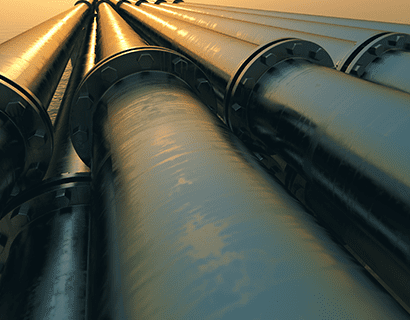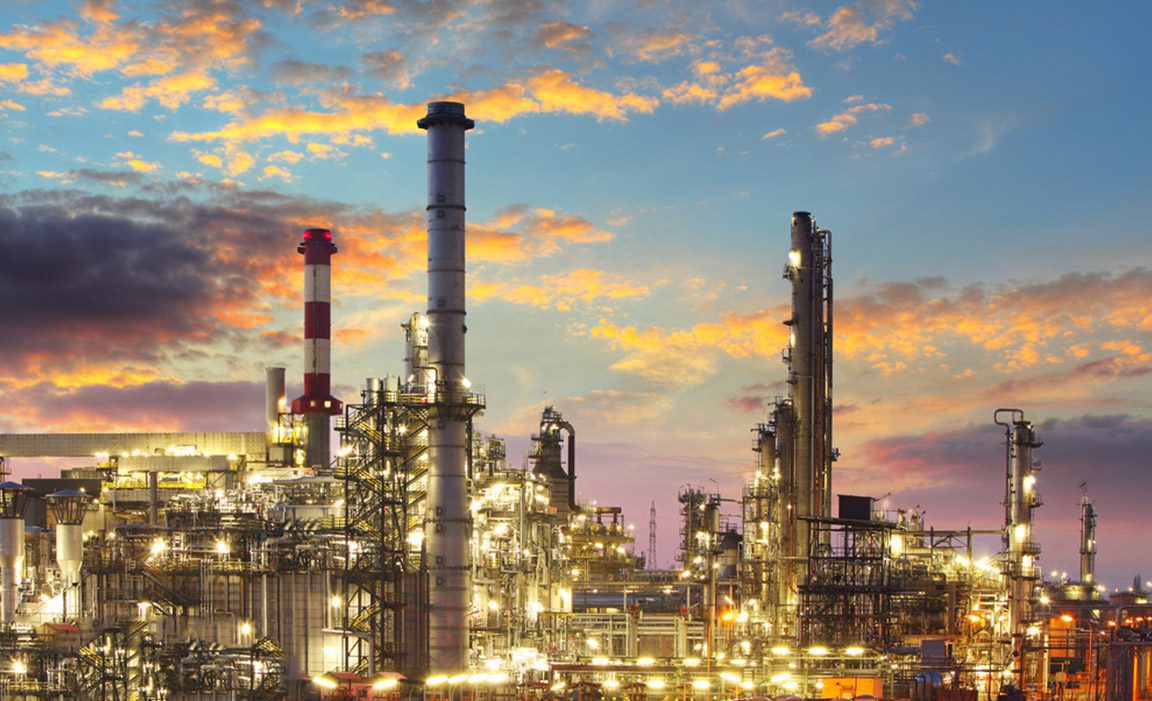Camera Inspection
Unlocking hidden insights.
#thinkNDTi employ powerful camera inspection techniques that can unlock insights not available to the naked eye.
Unlocking hidden insights across industries
In the realm of non-destructive testing (NDT), advanced camera inspections have emerged as a transformative force, enabling us to peer beyond the visible and explore the hidden facets of materials, structures, and systems. These techniques, including Leak Detection, LiDAR, Borescope, and Thermography, offer unique perspectives and invaluable data that enhance safety, efficiency, and quality across diverse industries.
Applications Across Industries
Want a chat?
Take me back
Advanced camera techniques:
Leak Detection, powered by advanced camera technologies, serves as a vigilant guardian against the escape of liquids or gases in pipelines, tanks, and complex systems. This method relies on the capture of visual or thermal images that reveal subtle variations, such as temperature or moisture changes, caused by the presence of leaks. Leak detection cameras visualise the invisible, facilitating timely intervention to prevent damage, environmental hazards, and costly repairs across industries like oil and gas, chemical, and utilities.
LiDAR (Light Detection and Ranging) is a camera inspection technique that utilises laser beams to measure distances and create precise, three-dimensional models of objects and environments. LiDAR technology offers exceptional accuracy and has applications in industries such as forestry, archaeology, autonomous vehicles, and urban planning. It enables the creation of detailed, high-resolution maps and helps in terrain modelling, object recognition, and navigation.

Borescope inspection involves the use of a flexible or rigid tube with an attached camera to access and inspect confined spaces, pipes, and components that are challenging to reach otherwise. Borescopes offer visual access to remote or enclosed areas, making them vital tools in aviation maintenance, automotive diagnostics, and industrial equipment inspection. They enable inspectors to detect defects, blockages, or foreign objects without disassembling components.
Thermography, also known as infrared thermography or thermal imaging, is a camera inspection technique that visualises temperature variations on the surface of materials, components, or structures. This method utilises thermal cameras to capture and interpret infrared radiation emitted by objects. Thermography plays a crucial role in preventive maintenance, quality control, and energy efficiency assessments in industries like electrical, mechanical, building construction, and healthcare.

The Camera Inspection Procedure Unveiled
Preparation: The inspection area is prepared to ensure optimal conditions. This may involve cleaning, lighting adjustment, or calibration.
Data Capture: Specialised cameras or sensors are used to capture visual, thermal, or laser data. The captured data is processed into meaningful images or models.
Analysis: Skilled technicians analyse the data, looking for anomalies, variations, or patterns indicative of issues or defects.
Assessment: The findings are assessed, and their significance is determined. Decisions regarding maintenance, repairs, or further evaluation are made based on the results.
Reporting: Inspection findings, along with images, models, or visual records, are documented in a comprehensive report. This report serves as a reference for decision-making and maintenance planning.

Advanced Camera Inspections Advantages
Non-Destructive: They are non-destructive methods that do not harm the inspected subjects.
Real-Time Insights: Camera inspections provide real-time or near-real-time insights, enabling prompt action and preventive measures.
Safety Enhancement: They enhance safety by identifying potential hazards, such as gas leaks or equipment malfunctions.
Cost Savings: Early detection of issues through camera inspections can lead to significant cost savings by preventing extensive damage or system failures.
Versatility: These methods can be adapted to various applications and industries, making them versatile tools for visualising hidden data.

